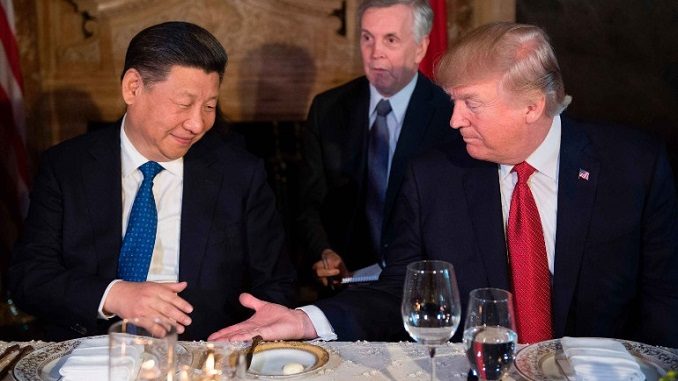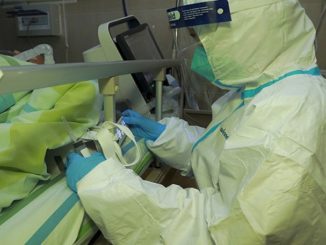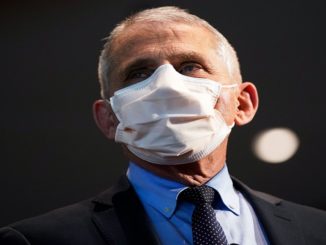
Tariffs on clothing and other imports from China went into effect on Sunday, escalating the trade war in a move expected to squarely hit consumers, The Wall Street Journal reported.
The U.S. tariffs of 15% on tools, apparel items, some footwear and many electronics will be charged on imports valued at $111 billion last year, according to an analysis by The Wall Street Journal. Additional tariffs of 15% on $156 billion of smartphones, laptops, toys, videogames and other products have been postponed until December 15, after the period when goods are typically imported for the holiday season.
“Absolutely worth it, we don’t want to be servants to the Chinese!” President Donald Trump said Sunday in a tweet, referring to the process of tariffs forcing American importers to look for other suppliers. The tariffs are “about American freedom,” he added in another tweet. “There is no reason to buy everything from China!”
Trump cited the views of economist Peter Morici, who was interviewed Sunday on Fox News and said the tariffs would impact average Americans “not as much as the critics say” due to shifts in exchange rates and supply chains.
Business groups and others criticized the tariffs as harmful for American companies and consumers.
AFL-CIO President Richard Trumka credited Trump for “taking on China” but said, “unfortunately, he’s done it the wrong way.”
“To take on China, there has to be a multilateral approach. One country can’t take on China to try to dry up its overcapacity because they just send it through to you in other ways,” Trumka said an interview on Fox News.
Myron Brilliant, head of international affairs at the U.S. Chamber of Commerce, said that the President was using the wrong tactic to take on unfair Chinese trade practices. “The tariffs—import taxes by any other name—are or will cost every American household between $600 and $1,000 by the end of the year,” Brilliant said.
Previous tariffs on Chinese imports are costing the average U.S. household $831 a year through higher prices and reduced economic efficiency, according to a May paper published by the Federal Reserve Bank of New York, the Journal adds.
The U.S. previously imposed tariffs of 25% on about $250 billion of Chinese imports, largely on items used by businesses, and those tariffs are set to rise to 30% in a month. Trump has characterized them as a penalty on China, but they are paid by importers in the U.S.
Chinese retaliatory measures also went into effect on Sunday, with more to come on Dec. 15. The biggest categories of American exports to be hit with extra tariffs Sunday include $3.2 billion in annual soybean shipments, $2.55 billion in crude oil and $1.16 billion in pharmaceuticals, according to Panjiva Research.




Be the first to comment